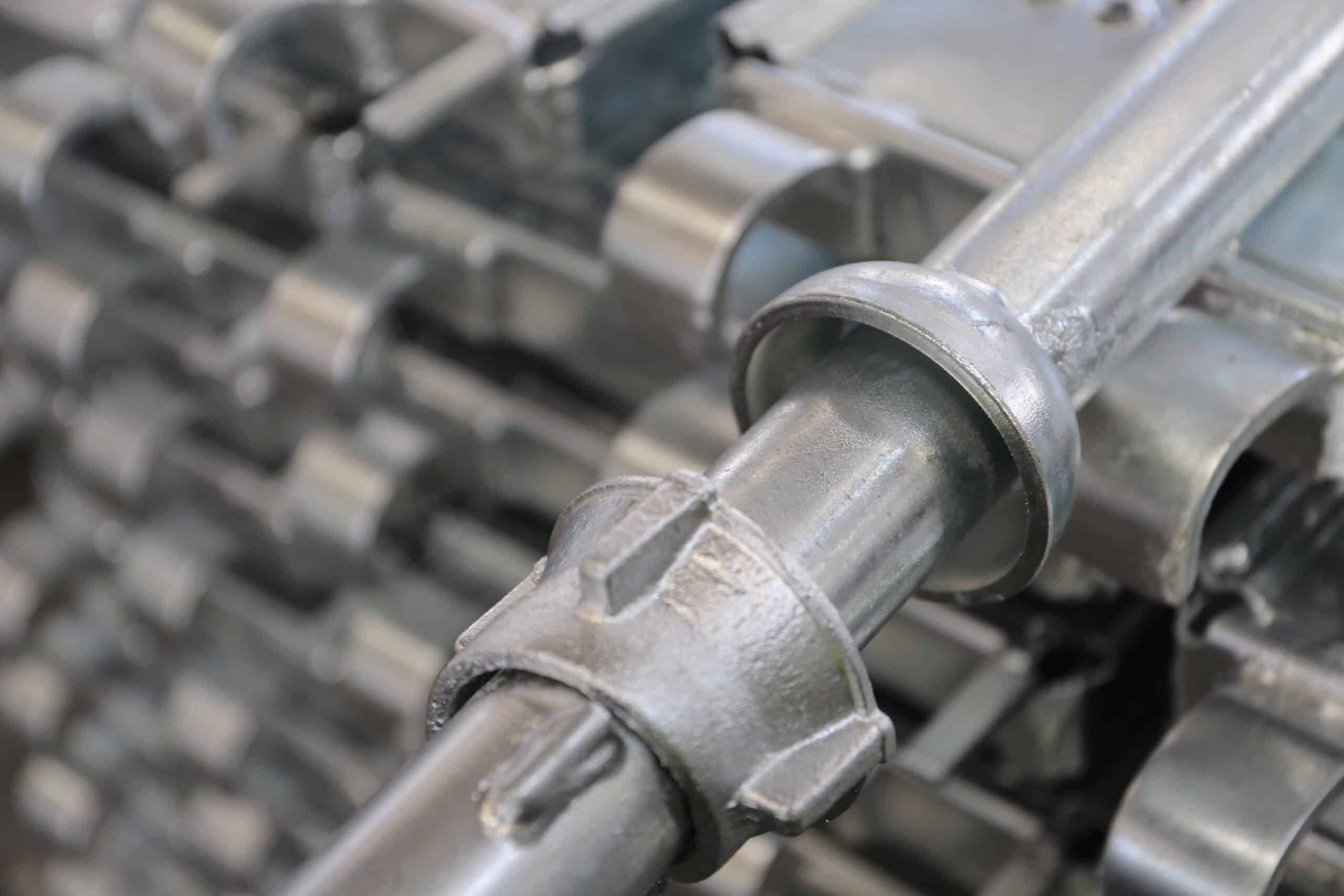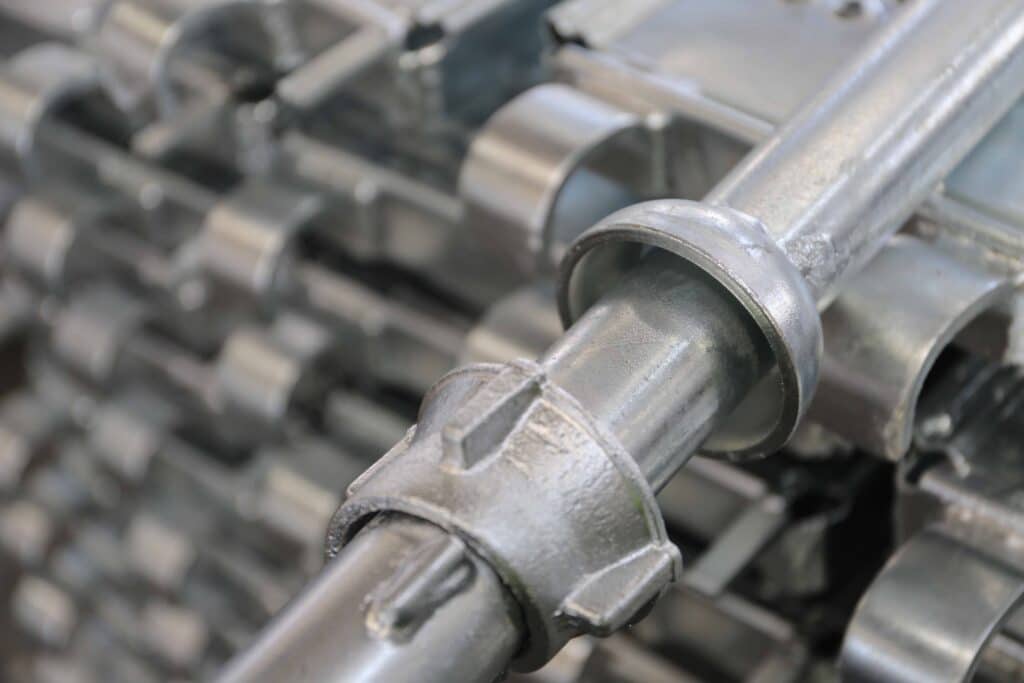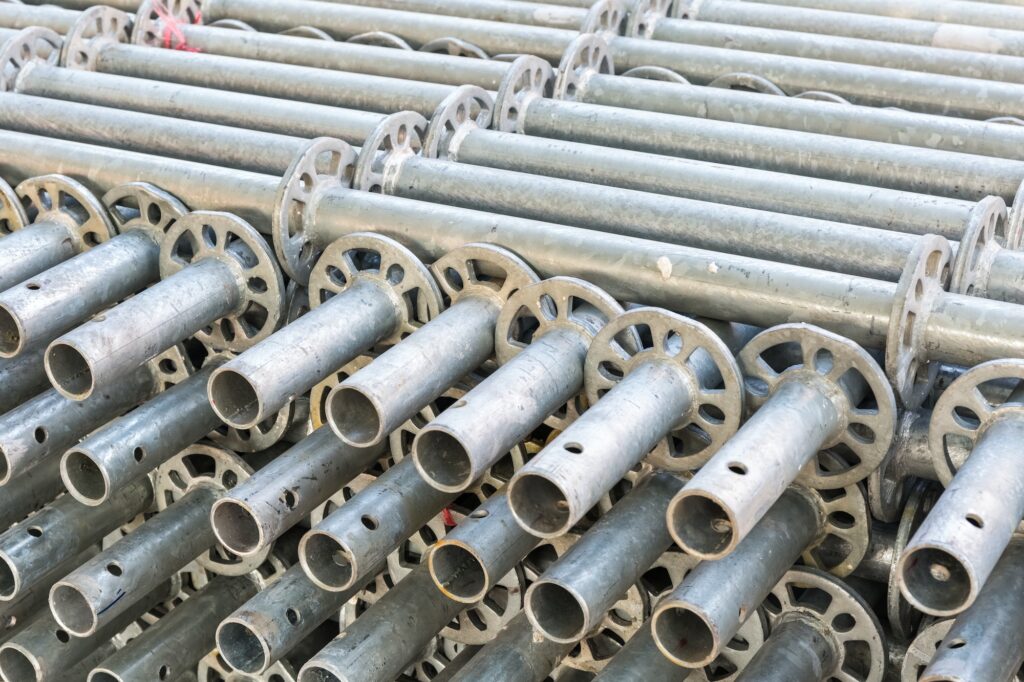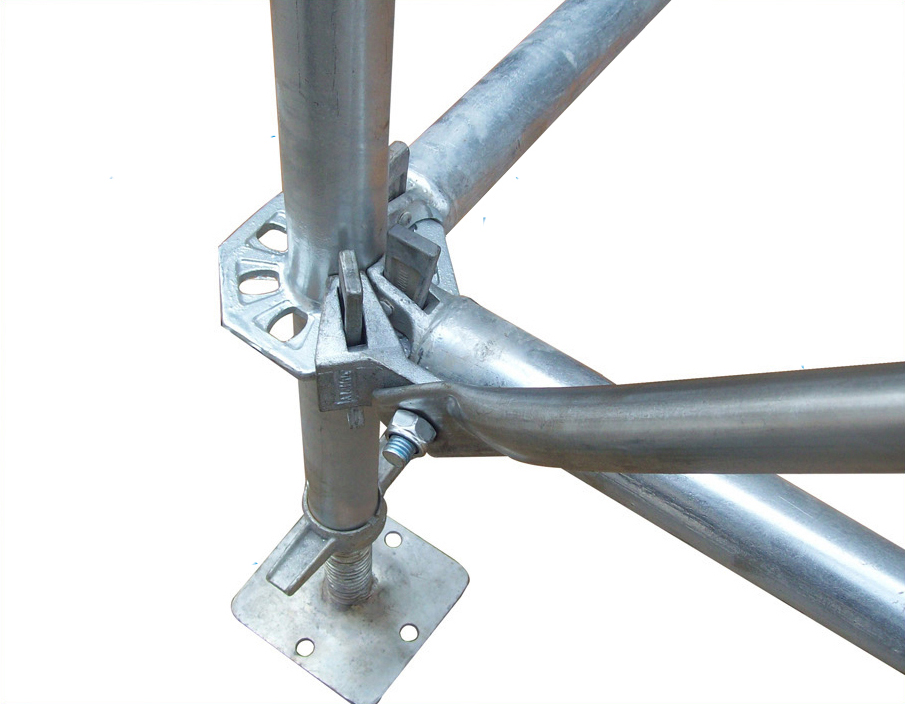When it comes to scaffolding systems, Ringlock and Cuplock are two of the most popular choices in the construction industry. They each have their own unique strengths, design features, and applications, making them better suited for different types of projects. If you’re trying to decide which system is best for your needs, understanding the key differences between Ringlock and Cuplock scaffolding is crucial. In this article, we will break down the features, benefits, and limitations of both systems to help you make an informed choice.
Table of Contents
ToggleWhat Is Ringlock Scaffolding?
Ringlock scaffolding is a fast-setup, highly versatile system. It consists of vertical tubes, horizontal braces, and circular steel nodes designed to lock together. These nodes provide a secure connection for multiple scaffolding parts, forming a robust and stable structure.
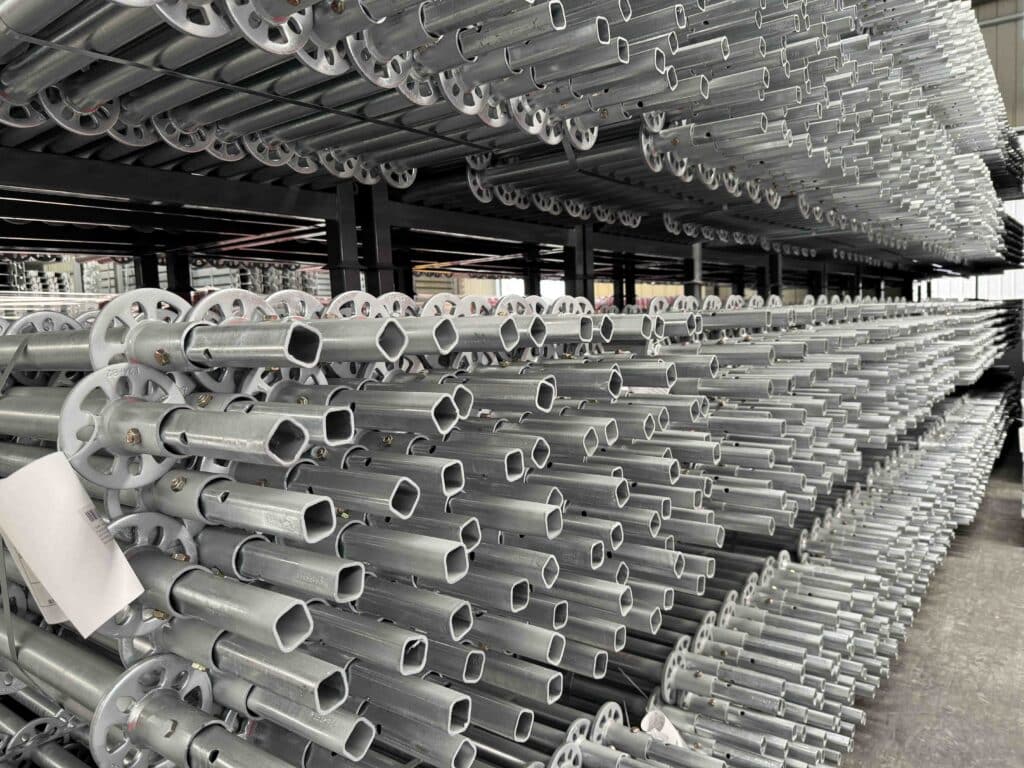
Key Features of Ringlock Scaffolding:
- Nodes: The key component of the Ringlock system is its ringed connection points (nodes), which allow various parts to quickly and securely fit together.
- Flexibility: Ringlock is adaptable to many shapes and configurations, making it perfect for various construction environments.
- Time-Saving: Because it’s designed for quick assembly and disassembly, Ringlock scaffolding saves time on site.
- Durability: Made from high-quality steel, Ringlock is known for its strength and longevity, making it ideal for heavy-duty projects.
What Is Cuplock Scaffolding?
Cuplock scaffolding is another type of modular system, but it connects vertical and horizontal components using a simpler cup-and-lock mechanism. This system features two steel cups (top and bottom) that lock together with a pin, allowing components to be securely connected.
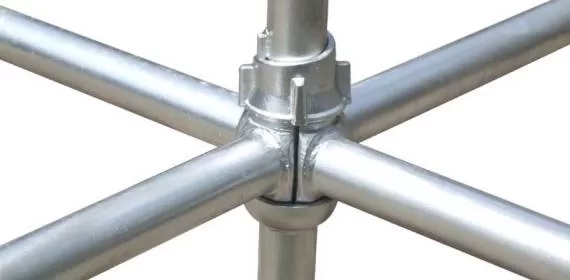
Key Features of Cuplock Scaffolding:
- Cup Mechanism: Cuplock scaffolding features a cup mechanism, with vertical posts having upper and lower cups. Horizontal bars fit into these cups and are locked in place.
- Ease of Use: Cuplock is easy to assemble and disassemble, making it a cost-effective choice for many projects.
- Strong Connection: This system provides a reliable connection, especially for straightforward structures or when used in a straight line.
- Cost-Effective: Due to its simpler design, Cuplock tends to be more affordable, making it a great option for projects on a tight budget.
Key Differences Between Ringlock and Cuplock Scaffolding
| Feature | Ringlock Scaffolding | Cuplock Scaffolding |
|---|---|---|
| Connection Mechanism | Uses nodes with circular ring connectors. | Uses cups that interlock with crossbars. |
| Flexibility | More flexible, can create complex formations. | Great for simple, no-frills structures. |
| Ease of Assembly | Quick assembly but requires more complex connections. | Faster and easier to assemble with fewer parts. |
| Strength and Durability | Very strong, ideal for heavy-duty projects. | Strong, but less versatile than Ringlock. |
| Cost | Higher cost due to intricate components and versatility. | More affordable, ideal for smaller or budget projects. |
| Applications | Best for large-scale construction, stadiums, and bridges. | Great for smaller projects, residential, and general use. |
| Safety | Highly secure with strong locking mechanisms. | Reliable but less secure in high-rise settings. |
When to Use Ringlock Scaffolding
Ringlock is best for large-scale projects that require both flexibility and strength. It’s ideal for:
- High-rise construction
- Stadiums and arenas
- Bridges and tunnels
- Complex or irregular structures that need customized configurations
- Heavy-duty applications where high load-bearing capacity is essential
The adaptability of Ringlock scaffolding makes it suitable for almost any construction environment, especially those with complex needs.
When to Use Cuplock Scaffolding
Cuplock is more suitable for smaller, simpler, and budget-conscious projects. It’s great for:
- Residential buildings
- Smaller commercial structures
- Simple tasks like external facades or painting scaffolding
- Short-term projects where speed of assembly and disassembly is important
While Cuplock may not offer the versatility of Ringlock, it provides a stable and reliable solution for many basic construction needs, with a lower cost that makes it an excellent choice for budget-conscious projects.
Conclusion
Both Ringlock and Cuplock scaffolding systems offer distinct advantages. The choice between the two depends on the scope, scale, and budget of your project.
- Choose Ringlock if you need maximum flexibility, strength, and customization for large, complex projects.
- Choose Cuplock if you’re working on a simpler, cost-effective project that doesn’t require as much versatility.
By understanding the unique features of each scaffolding system, you’ll be able to select the one that best fits your construction site’s needs, ensuring efficiency, safety, and cost-effectiveness.

